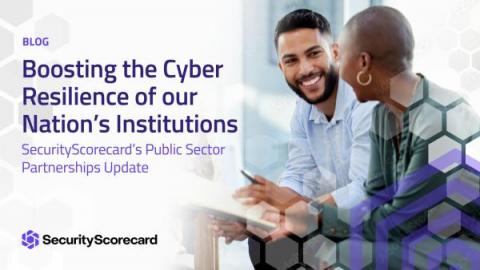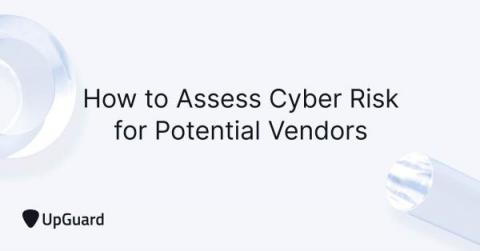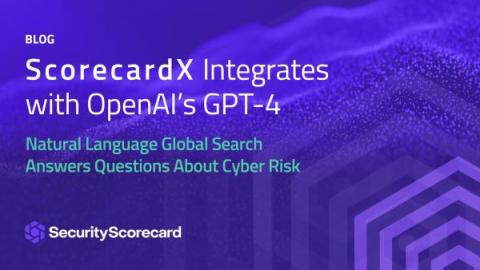Security | Threat Detection | Cyberattacks | DevSecOps | Compliance
Latest News
Reduce silos and prevent supply chain threats
We’ve entered the fourth and final week of National Supply Chain Integrity Month, an initiative started by CISA and other government agencies to highlight the importance of securing our nation’s most critical systems and ensuring they stay resilient. I started off the month with a post about maturing your third-party risk management program, and followed that up with two more posts dedicated to securing the small business supply chain and streamlining procurement.
Paws in the Pickle Jar: Risk & Vulnerability in the Model-sharing Ecosystem
Boosting the Cyber Resilience of our Nation's Institutions
The White House’s ambitious national cyber strategy— which represents a shift away from decades-old voluntary compliance guidelines to a more aggressive regulatory approach of critical infrastructure firms—couldn’t come at a better time. A recent study found that local governments were the organizations least capable of disrupting ransomware attacks, and that they were also among the ransomware victims to pay ransoms most frequently (43% paid a ransom after an incident).
Benefits of Risk Management Software
5 Things a Security Manager Should Check Every Morning
As a security manager, you have a wide variety of tasks you need to complete in order to protect your organization — as well as your employee and customer data. Of course, some of these responsibilities are performed on a quarterly or yearly basis, such as gathering information for audits or conducting annual assessments. But there are certain tasks that you should be completing daily in order to maintain the desired security posture and reduce cyber risk across your expanding attack surface.
New high-severity vulnerability (CVE-2023-29552) discovered in the Service Location Protocol (SLP)
Researchers from Bitsight and Curesec have jointly discovered a high-severity vulnerability — tracked as CVE-2023-29552 — in the Service Location Protocol (SLP), a legacy Internet protocol. Attackers exploiting this vulnerability could leverage vulnerable instances to launch massive Denial-of-Service (DoS) amplification attacks with a factor as high as 2200 times, potentially making it one of the largest amplification attacks ever reported.
How to Assess Cyber Risk for Potential Vendors (Complete Guide)
How Do You Determine Vendor Criticality?
ScorecardX Integrates with OpenAI's GPT-4
As part of SecurityScorecard’s commitment to making the world a safer place, we are now the first and only security ratings platform to integrate with OpenAI’s GPT-4 system. With this natural language processing capability, cybersecurity leaders can find immediate answers and suggested mitigations for high-priority cyber risks.









